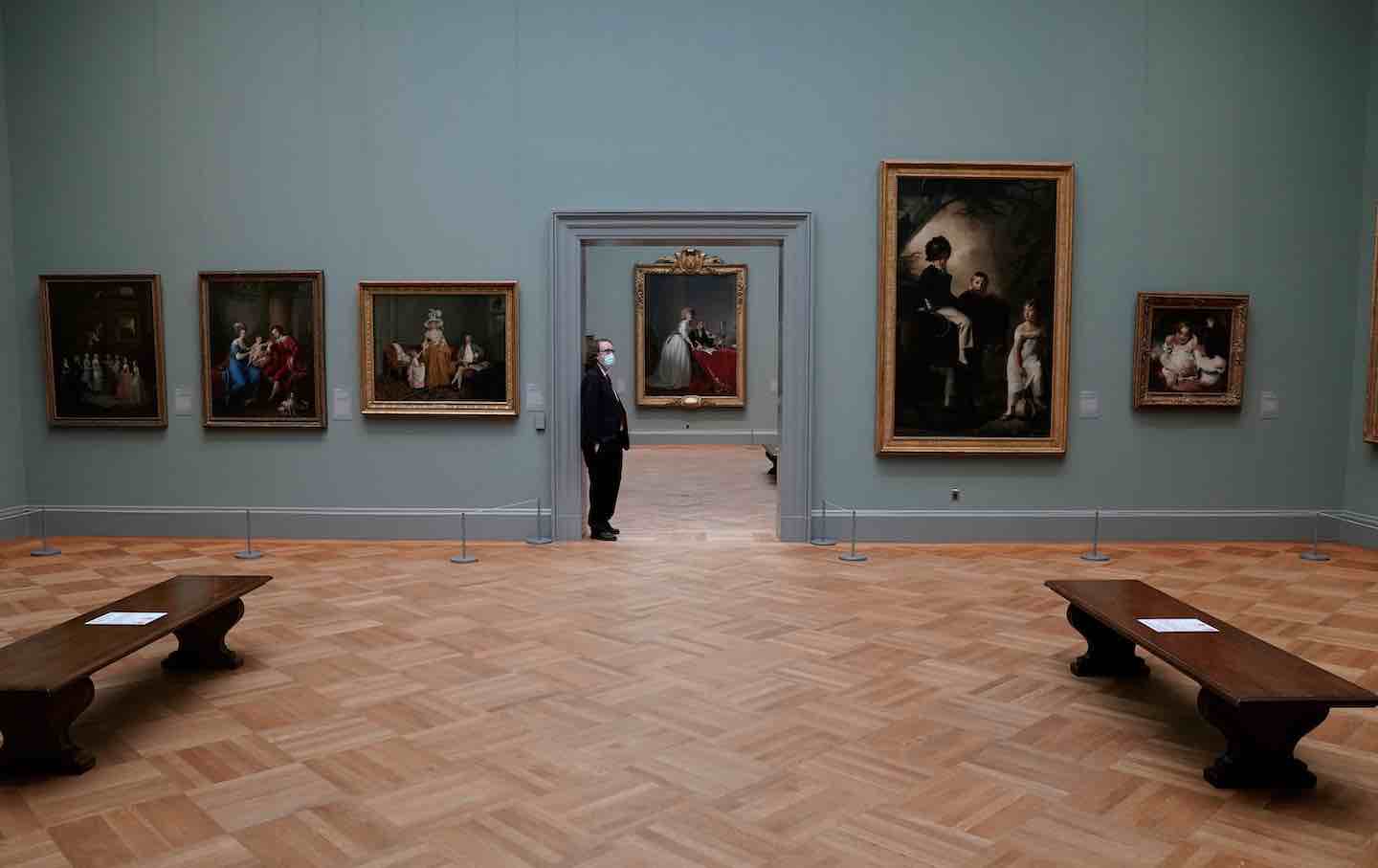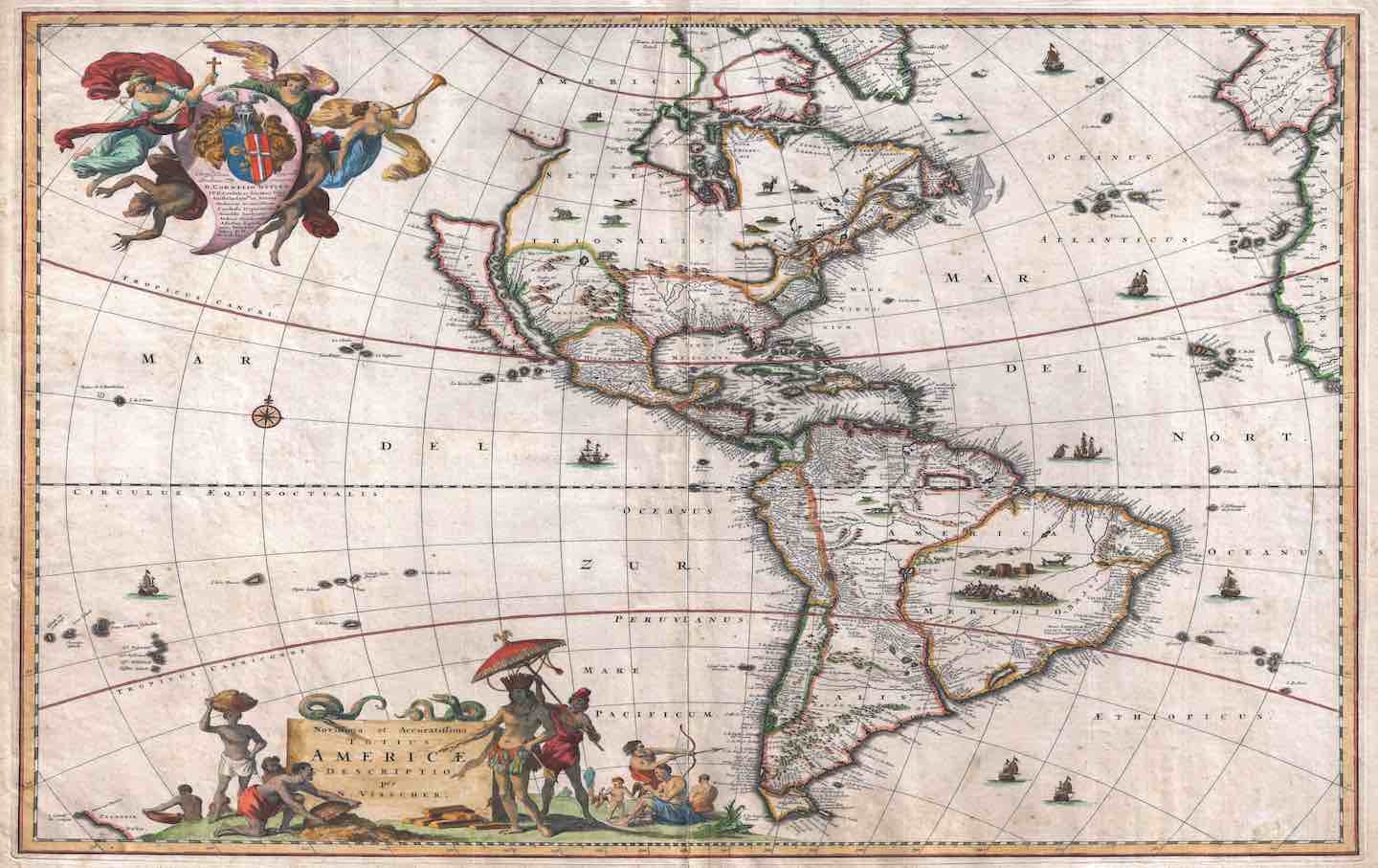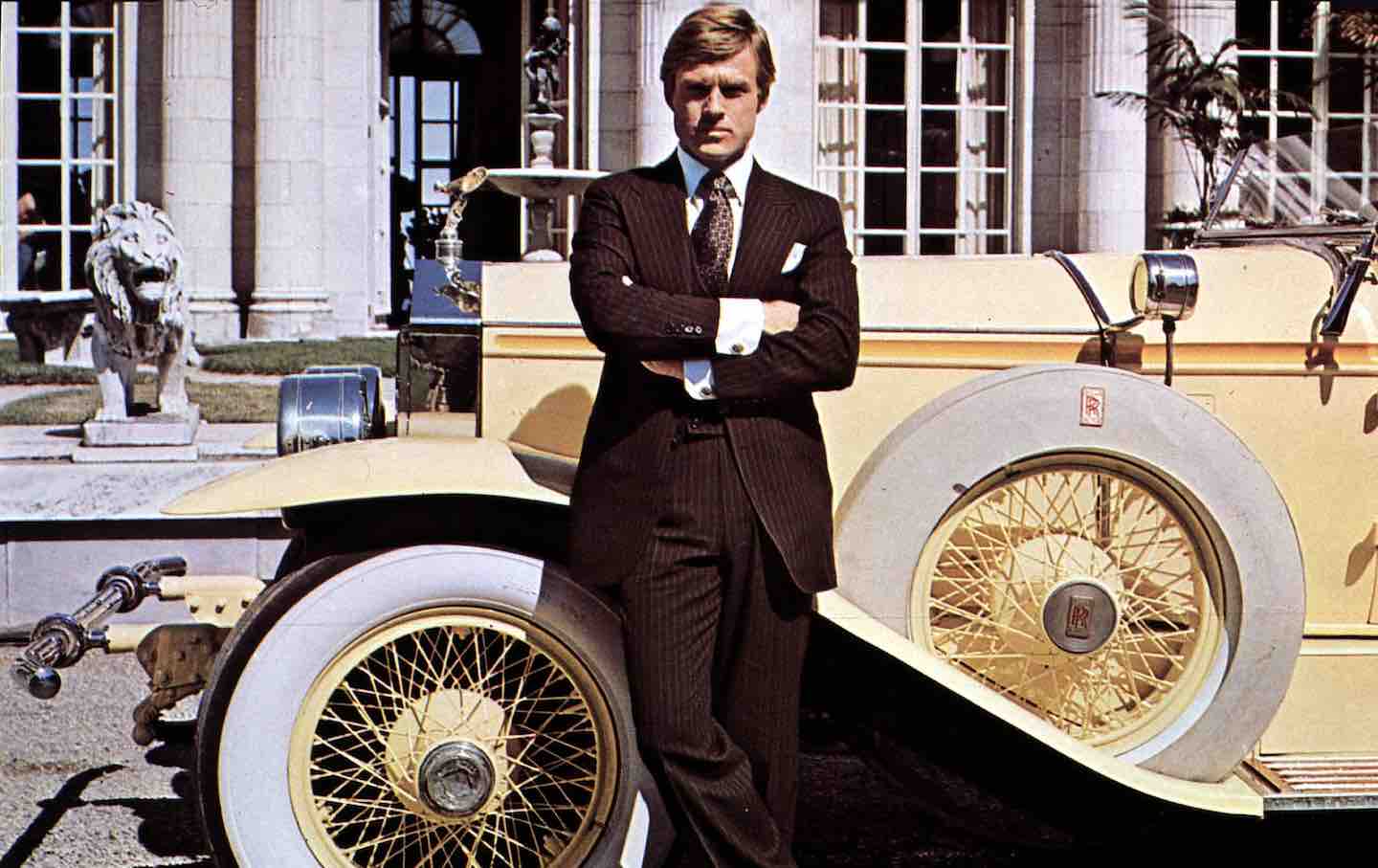What Museum Guards See
A recent memoir by Patrick Bringley about his time working at the Metropolitan Museum of Art illustrates the intimate knowledge guards possess of the pieces they protect.

When my daughter was young, we were at the Metropolitan Museum of Art in New York City attempting to work out the contorted spatial dynamics of El Greco’s Adoration of the Shepherds (c. 1605–10). But we were stumped. Thankfully, a guard passing by gently interjected himself into our tête-à-tête and clarified everything. Who else could have worked it out? He had spent so many hours over who knows how many years in this very room, eyes on El Greco. By now, I can’t remember exactly what that man told us, but only because since then I just see the painting the way he taught us to see it.
Books in review
All the Beauty in the World: The Metropolitan Museum of Art and Me
Buy this bookThen there was the time at the Philadelphia Museum of Art when I was gazing, apparently in some perplexity, at Robert Rauschenberg’s sprawling floor-based assemblage sculpture Trophy IV (for John Cage) (1961), loaned by the San Francisco Museum of Modern Art for a temporary exhibition. I don’t know why, but I must have had a pretty skeptical look on my face, because a guard drew near and quietly, confidently affirmed, “No matter what you think, it’s art.” It dawned on me that I must have been harboring doubts I hadn’t admitted to myself, and that I had to confront them.
While the majority of the important encounters I’ve had with the art in museums have probably been silent ones, some of the most eye-opening conversations I’ve had there have probably been not with curators or fellow critics or even artists, but with guards. Sometimes the artist and the guard are the same person wearing different hats—Robert Ryman, for instance, met Dan Flavin when they were both guards at New York’s Museum of Modern Art, where Sol LeWitt was a bookshop clerk. Their younger colleague Brice Marden later worked security at the Jewish Museum.
In any case, artists and museum security staff have something important in common: the sheer amount of time they can spend looking at art. A painter will spend days, months, sometimes even years in the company of a work in progress, and most of that time will likely not be spent doing anything beyond just looking, looking. Guards get to do plenty of the same, and some of them clearly get more out of the experience than many other die-hard art lovers.
And yet the rest of us benefit from this accumulated experience only fitfully, through occasional, glancing encounters. A few institutions have experimented with turning engagement with visitors into part of the guards’ job description. The ICA in Boston, for instance, uses the term “visitor assistant” rather than “guard” and asks those hired for this position to “combine the responsibilities of gallery safeguarding with museum information and exhibition interpretation,” and therefore to be “informed and up-to-date [with the] artwork on view” so as to “enhance visitor experience through interpretation and engaging inquiry based conversation.” To be honest, though, I’ve often found the obligatory discussions at the ICA (and other institutions with similar policies) a bit stiff and pro forma. In my experience, the most memorable conversations with guards or visitor assistants or whatever they may be called have been unexpected and personally motivated rather than a matter of duty.
The conversations I’ve mentioned were initiated by the guards. Aside from congratulating myself on already knowing a thing or two about art, I’m kind of shy, so I wouldn’t normally think of asking a museum guard about much beyond “Which way to the Northern Renaissance paintings?”—or, maybe more likely, “Which way to the men’s room?” But it seems I’m an outlier here. “People talk to guards the way they wouldn’t engage a busier person in a fancier suit,” writes Patrick Bringley in his recent book All the Beauty in the World: The Metropolitan Museum of Art and Me. Museum visitors want to say something about what they’re seeing and experiencing, and they want some response. Security staff look available, an experience Bringley knew firsthand: “It’s clear we’re content with the silence. But we’re also perfectly botherable.”
Bringley’s memoir begins after “the day of [his] brother’s funeral, which “was meant to have been [his] wedding day.” He started working at the Met after the death of his beloved sibling, only 26 years old, because the tragedy left him feeling unmoored, stoking a desire to escape from a career “that would find me scrapping and scraping and muscling my way forward through the world.” He wanted a kind of quietude, something like what he had experienced while visiting family in Philadelphia shortly after his brother’s death and spending a day at that city’s art museum—the same one where I’d had my befuddling encounter with the Rauschenberg sculpture. “I had been allowed to dwell in silence,” he writes, “circling, pacing, returning, communing, lifting my eyes up to beautiful things and feeling sadness and sweetness only.” Nice work if you can get it—and as it turns out, you can: After his application, interview, training, and getting measured for a uniform, Bringley would work at the Met for 10 years, starting in 2008.
The Met is what’s called an “encyclopedic museum,” meaning one that’s worldwide and ecumenical in its reach, aspirationally universal. On its website, the Met lists 19 distinct subject areas, some relating to geographic and cultural areas (Asian Art, African Art), some to particular periods in those cultural zones (Ancient Near Eastern Art, Medieval Art), others to particular types of objects (Musical Instruments, Photographs). The historical and global scope is vast. As Bringley reminds us, the museum’s security staff is just as international. “When guessing a guard’s country of origin, Guyana, Albania, and Russia are the good bets, with other Caribbean and former Soviet nations a tier below,” he observes. But he introduces us to colleagues of many nationalities—Iranian, Bangladeshi, Liberian, even American. One of the most unusual stories is that of Joseph, an American-educated Togolese ex-banker: After having been shot in retaliation for squelching some dirty deal, Joseph explains, he fled the country and was granted asylum in the States. He briefly worked on Wall Street before being laid off during the Great Recession. His solution was to buy a check-cashing store, but it failed, so he became a guard. “So many stories under the blue jacket,” Joseph philosophizes.
Joseph’s tale illustrates Bringley’s point that
Workers all, they may have been led to this job by circumstance or choice. But also: “They love the art or they are indifferent to it.”the glory of so-called unskilled jobs is that people with a fantastic range of skills and backgrounds work them…. I know guards who have commanded a frigate in the Bay of Bengal, driven a taxi, piloted a commercial airliner, framed houses, farmed, taught kindergarten, walked a beat as a cop, reported a beat for a newspaper, and painted facial features on department store mannequins. They are from five continents and five boroughs.
Bringley is among the former, the kind of person who can think of Pieter Breugel the Elder’s great painting The Harvesters (1565) as simply “this old friend.” But every art lover loves it in their own way. In my view, there are three fundamental questions to ask about any work of art. The first is simply “What is it?”—that is, what is it made of, how was it made, and what ideas are embodied in it? Then, “Why did someone find it necessary or desirable to make it, or have it made for them?” And, finally, “What happens when I perceive it, think about it, interact with it?” Every viewer balances these concerns differently, putting varying degrees of emphasis on each.
Bringley seems to start from the immediate encounter and the feelings it engenders, but this makes him assiduous in learning what he can about how and why the object was made, its roots in its originating time and place. And he’s wise enough to understand that knowledge and experience may never become entirely congruent. Working in the Met’s Egyptian wing, he reflects on “how different are the experiences of reading books and looking at art.” He’s been reading up on Egyptian history, and this “has pushed my knowledge of Egypt forward”—but still, he confesses, “coming into contact with an actual fragment of Egypt seems mostly to hang me up.”
This is one of the most sympathetic aspects of All the Beauty in the World: Bringley’s lucidity about art’s recalcitrance—and his appreciation of the fact that this stubborn resistance to complete explanation is part of its fascination. “It seems to scorn a world where knowing a few bullet points about a subject is counted the least bit impressive…. A work of art tends to speak of things that are at once too large and too intimate to be summed up, and they speak of them by not speaking at all.” For that reason, though it may seem counterintuitive, “to look for distinctive characteristics is to ignore the greater part of what a work of art is.” Besides, the realities that art wants to encompass or oppose are recalcitrant to it: “The world doesn’t make itself easy to draw.”
Popular
“swipe left below to view more authors”Swipe →The realization that we might never be able to fully understand a work is part of what makes us want to understand it more. That’s why Bringley’s tropism toward the intimate side of the art object is informed by his quest for knowledge about it. He describes, for instance, learning something about how and why a certain African carving was made—which included not only the act of fashioning it out of a carefully selected tree but its being treated with special medicinal substances by an expert in ritual. Learning this, he says, “I am thrilled by the extent to which I can see this backstory” in the traces evident in the finished piece. Knowledge and vision are not entirely distinct: The more we know, the more we can see, and the more we see, the more we can know.
Museums are beset by so many problems today, and encyclopedic ones like the Met possibly more than most. Some of the problems can be traced to their inexpungible entanglement with histories of colonialism and white supremacy, others to their uneasy integration—as entities devoted to subtracting objects from the endless flux of market exchange—into contemporary corporate culture, with its religious conviction of the might and right of markets. Bringley seems aware of such issues, but perhaps understands that he has no special insight to offer on them. The value of his book, rather, is in reminding us of why, despite everything, the idea of the museum is worth saving, because fundamentally it is the museum that enables an idea of art that makes it a point of communication—or dare I say, even communion?—among disparate cultures, across time and space. And from Bringley’s worker’s-eye point of view on his former employer, the cosmopolitan nature of the Met’s personnel is as telling as the cosmopolitan nature of its holdings.
While Bringley evidently loved his years at the Met, one of his peeves is “upper management who never ask our opinions on anything because what could museum guards who stand in museums all day know about museums?” There are some rare exceptions: Last year, “in what may be the first show of its kind,” as The New York Times reported, the Baltimore Museum of Art hosted an exhibition of works from its collection as chosen by 17 guards. Sometimes, on the other hand, guards are made into scapegoats, as happened in 2020, when the director of the National Gallery in Washington cited the museum’s security staff—largely people of color—as one reason to delay a Philip Guston show (though, of course, we never heard from the staff themselves). Now that the Guston exhibition is ending its run in the US capital, wouldn’t it be interesting to read some of the guards’ reflections on their experience with it?
Bringley’s particular form of criticism, honed at the Met, can be surprising. Claude Monet’s version of Impressionism is generally thought to be something approaching an art of pure vision; his admiring colleague Paul Cézanne spoke of him as “only an eye—but my god, what an eye.” Yet Bringley expresses suspicion of such an art: Perhaps Monet’s paintings are just too pretty, and nothing but that? But then, intriguingly, he notices something in Monet’s art that transcends ordinary eyesight, namely the way it captures “that aspect of the world that can’t be domesticated by vision—what Emerson called the ‘flash and sparkle’ of it,” which is to say something too anarchically random to be processed by the eye-brain system. Homing in on Monet’s 1880 painting Vétheuil in Summer, Bringley experiences
a beauty more chaotic and aflame than our tidying minds typically let us see. Usually, we are looking around for useful information and dampening or ignoring a riot of irrelevant stimuli that threatens to drown it out. Monet’s picture brings to mind one of those rarer moments where every particle of what we apprehend matters…and you can adore the wholeness, or even the holiness, of that moment.
I’d wager that the originality of Bringley’s insight is owed not simply to the time he’s spent communing with Monet’s painting but even more to all the time he’s spent with all the other things in the museum that not only aren’t Monet but also aren’t the least bit like his work. The mind and eye train themselves on differences, even incompatibilities, and a museum like the Met is a treasure box of incommensurables—so much so that one might even start to doubt that the single word “art” makes any sense as applied to all these things. Just out of curiosity, how many people do you think have paid equal attention, as Bringley has, to a Fra Angelico crucifixion, a Greek kouros, and a nkisi, or power figure, made, perhaps in the 19th century, by the Sonye people of what is now the Democratic Republic of the Congo?
That breadth of perception is not to be dismissed, and I don’t mind admitting that it reminds me of the ready-for-anything approach common to the best kind of art critic. A critic, as the art theorist Thierry de Duve once observed, is a professional art lover; I like to sharpen the paradox by saying that a critic makes a profession of being an amateur. Even those of us who flatter ourselves that we might be experts in art can learn something from Bringley’s way of seeing and the experiences afforded him by taking a job that allows for circling, pacing, returning, communing, and lifting his eyes up in a great museum. Should we all think of doing the same? Art makes possible experiences that its description can never match. To forget this is a déformation professionnelle from which those of us whose work it is to bring words to art often suffer. We all want to believe, as Bringley says he did when he took some undergraduate art history courses, “that with the proper academic tools and up-to-date terminology, I could learn to properly analyze art and thus never lack for something to do with it.” But as much as there is to do with it, and as worthwhile as those things are, they are ultimately justified by what art does with us.
The experience can be transformative, as it seems to have been in an incident recently reported by the artist-critic-historian Julian Bell: While studying a Fra Angelico at London’s National Gallery, he writes, “I noticed the visitor by my elbow was moved to tears. She told me that she had never previously entered the National Gallery, never known that a painting could offer such a flavor of joy.” And while the effect is not usually as dramatic as that—it’s more cumulative—it always begins in not knowing. Bringley’s decade of mostly silent watching, and of encounters with puzzled museum visitors who didn’t really understand what they were seeing but wanted someone to talk to about it, has left him with an unexpected conclusion: “I like baffled people. I think they are right to stagger around the Met discombobulated, and more educated people are wrong when they take what they see in stride.” Again, I think of my friend de Duve, who once wrote, “I’m interested only in works I don’t understand.” Maybe, after all, that Philadelphia Museum guard saw my bewilderment at the Rauschenberg sculpture as a promising sign: Here was someone who just might be ready to open his mind and heart to what art—if that’s the word for it—can do.
Hold the powerful to account by supporting The Nation
The chaos and cruelty of the Trump administration reaches new lows each week.
Trump’s catastrophic “Liberation Day” has wreaked havoc on the world economy and set up yet another constitutional crisis at home. Plainclothes officers continue to abduct university students off the streets. So-called “enemy aliens” are flown abroad to a mega prison against the orders of the courts. And Signalgate promises to be the first of many incompetence scandals that expose the brutal violence at the core of the American empire.
At a time when elite universities, powerful law firms, and influential media outlets are capitulating to Trump’s intimidation, The Nation is more determined than ever before to hold the powerful to account.
In just the last month, we’ve published reporting on how Trump outsources his mass deportation agenda to other countries, exposed the administration’s appeal to obscure laws to carry out its repressive agenda, and amplified the voices of brave student activists targeted by universities.
We also continue to tell the stories of those who fight back against Trump and Musk, whether on the streets in growing protest movements, in town halls across the country, or in critical state elections—like Wisconsin’s recent state Supreme Court race—that provide a model for resisting Trumpism and prove that Musk can’t buy our democracy.
This is the journalism that matters in 2025. But we can’t do this without you. As a reader-supported publication, we rely on the support of generous donors. Please, help make our essential independent journalism possible with a donation today.
In solidarity,
The Editors
The Nation








